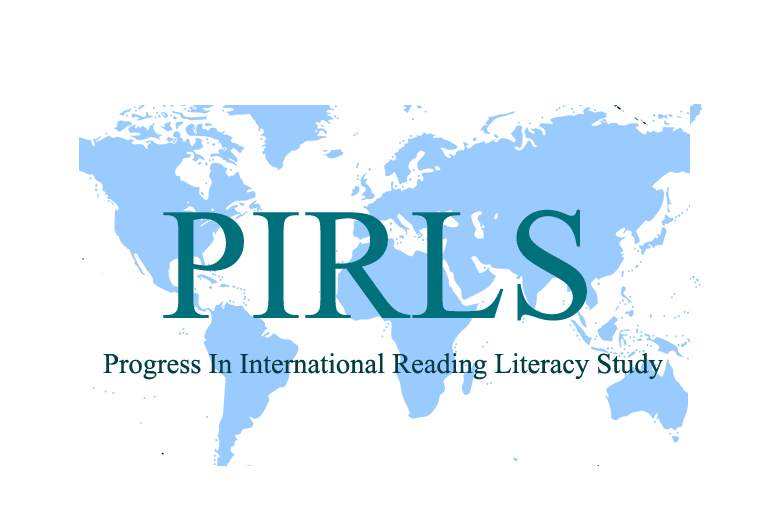PIRLS global assessment: Russian students maintain the first place in reading
Published:
According to the results of the Progress in International Reading Literacy Study (PIRLS) published in December 2017, students in the Russian Federation had the highest average reading achievement score (581) and more than one-fourth of its students reaching the PIRLS Advanced International Benchmark. Conducted every 5 years by IMSS & PIRLS International Study Center at Boston College, PIRLS is an international assessment of reading comprehension at the fourth grade in 50 countries world-wide. The study analyses how well fourth-grade students can interpret, integrate, and evaluate story plots and information in relatively complex texts. In order to provide information about the home, school, and classroom contexts in which students learn to read, PIRLS also collects school and teacher questionnaires as well as the Learning to Read Survey completed by students’ parents or caregivers.
Other European countries where students performed well in reading are Ireland (567), Finland (566), Poland (565), and the UK (Northern Ireland) (565). These countries traditionally have reading skills highly valued in education system (e.g. PISA 2015). However, ETUCE member organisation in Poland, ZNP also noted that Polish students ranked only 31st in terms of attitude towards reading.
Moreover, countries that had both short term (2011 to 2016) and long term (2001 to 2016) gains in good readers include Hungary, Italy, Norway and Slovenia. Norway and Ireland also took top places in the trial ePIRLS assessment of online informational reading which collected data in 14 countries.
The PIRLS results also showed that girls outperform boys in reading in almost all participating countries, and this gap does not tend to be closing. The study concluded that students who started reading earlier either at home or at the preprimary education institution had higher reading achievements than students who started later. It found that academically oriented schools with sufficient teaching and learning resources had a higher proportion of students with good and excellent reading skills. This data proves once again that sustainable investment in school infrastructure and adequate teaching and learning resources is a prerequisite to quality education for all.